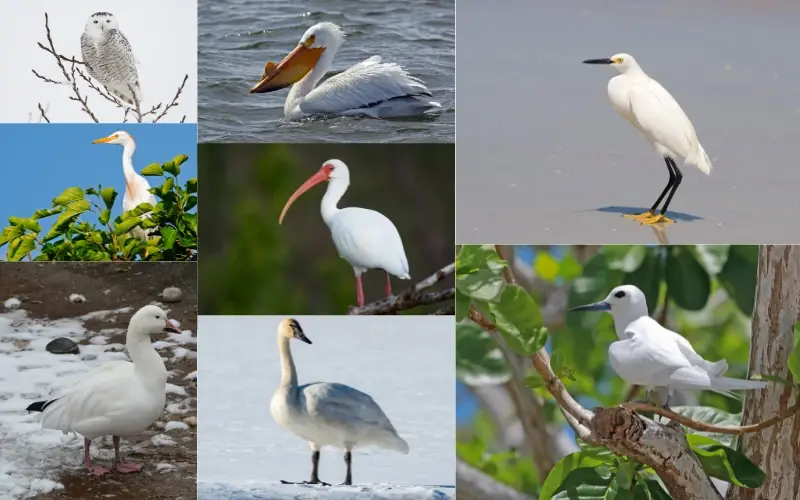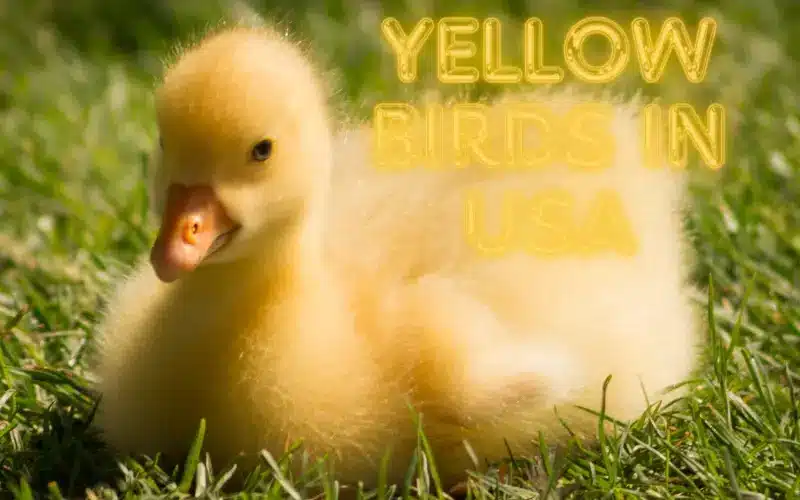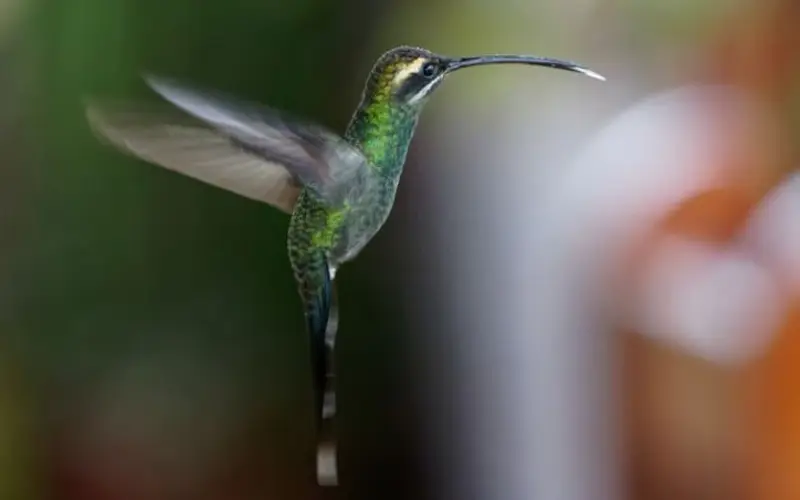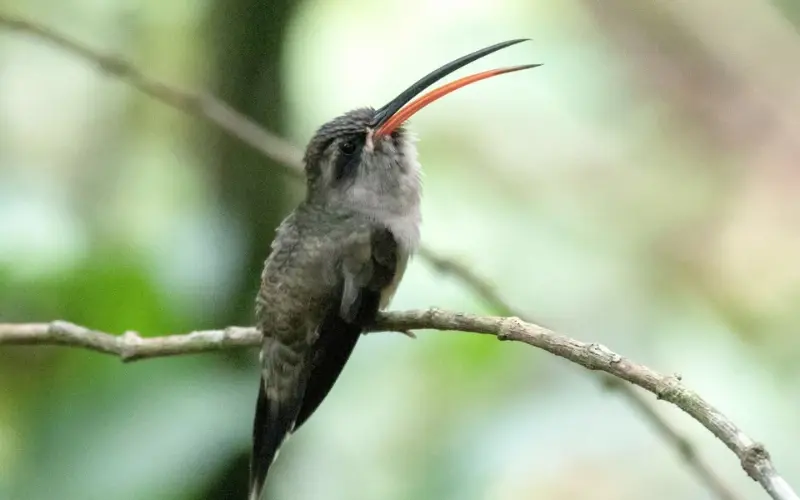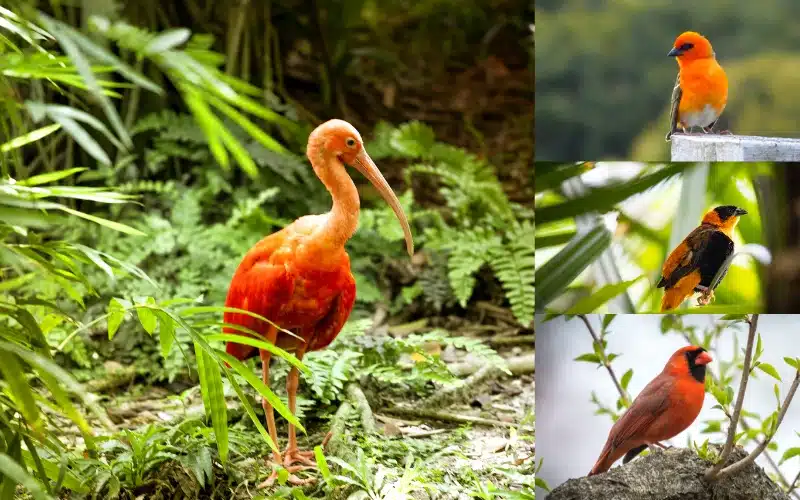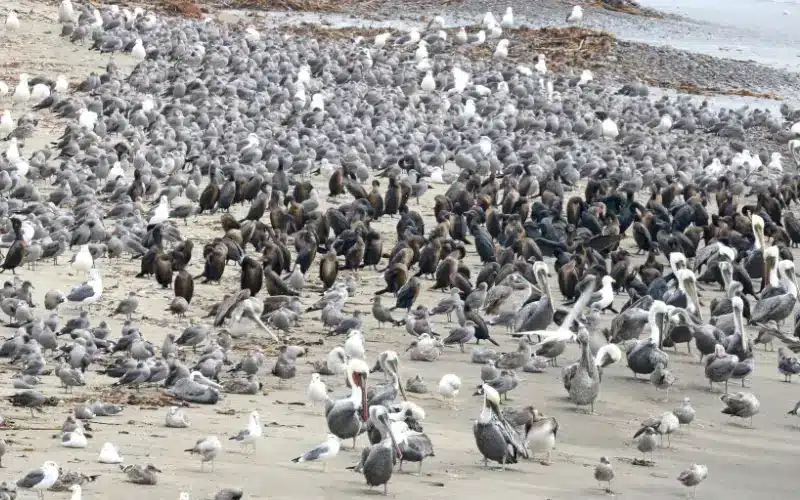Discover the enchanting beauty of white Birds in USA. From the majestic American White Pelican to the elegant Snowy Egret, these stunning feathered creatures grace the skies and wetlands with their ethereal presence.
Discover the enchanting beauty of white Birds in USA. From the majestic American White Pelican to the elegant Snowy Egret, these stunning feathered creatures grace the skies and wetlands with their ethereal presence. America is home to many amazing species of white birds.
Here are 8+ Beautiful White Birds in USA
Birds come in various colors, from yellow and purple to white and black. Civilizations and religions see white birds as symbols of something good.
In Christianity, for example, the white Birds in USA symbolizes purity, grace, and the Holy Spirit. In Islam, it is seen as a symbol of good deeds, strength, balance, and clarity. Collectively, they stand for happiness, peace, and innocence.
Current white bird species include snowy owls, cattle egrets, snow geese, pelicans, and many others.
We have compiled a list of 20 beautiful white Birds in USA for your education and entertainment.
Beautiful white Birds in USA .
1. Snowy owl

Scientific name: Bobo scandiax
Length: 20.7 to 28 inches
Weight: 3.2 to 5.5 pounds
Wingspan: 4 to 5 feet
Habitat: Tundra, open trees
Range: Arctic regions of North America and Palearctic
Conservation Status: Vulnerable
One of the most interesting white Birds in USA is the snowy owl, mainly because it is not common to see white owls. It is also known as Arctic owl, white owl, and Arctic owl.
2. Cattle egret
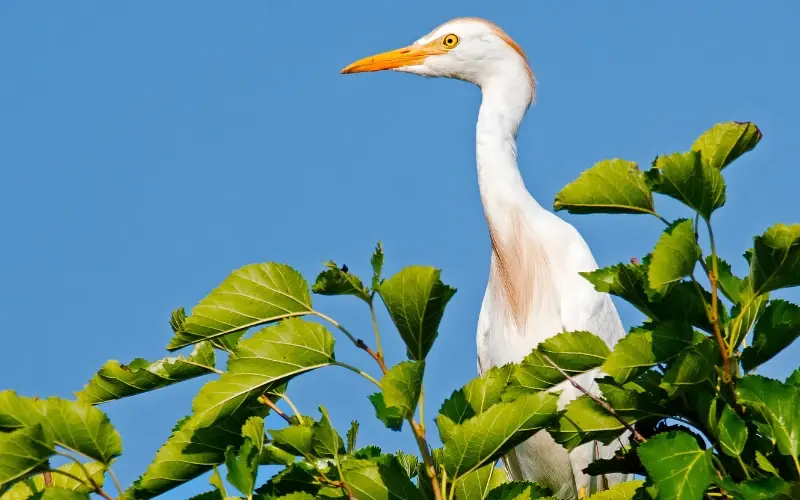
Scientific name: Bubulcus Ibis
Length: 18 to 22 inches
Weight: 9.5 to 18 ounces
Wingspan: 34.5 to 38 inches
Habitat: Fields, swamps, roadsides
Range: Europe, South America, Asia, Africa, Australia
Conservation Status: Least Concern
Cattle are so named because of their association with cows, and they are often found where cattle are grazed.
They chase the cows to feed on the insects that the cows kick. This commensalism is an example of a symbiotic relationship.
3. American white pelican

Scientific name: Pelecanus erythorhynchos
Length: 50 to 70 inches
Weight: 7.7 to 30 pounds
Wingspan: 95 to 120 inches
Habitat: Freshwater lakes, prairies, swamps
Range: Southern California, Gulf States, Mexico
Conservation Status: Least Concern
The American white pelican is one of the largest white Birds in USA the world and is native to North, Central, and South America.
Its preferred habitats include freshwater lakes, prairies, and swamps, where it searches for its next meal. Fish have more food due to their proximity to water.
4. Snow Goose

Scientific name: Anser caerulescens
Length: 25 to 31 inches
Weight: 4.5 to 7.1 pounds
Wingspan: 53 to 65 inches
Habitat: Tundra, swamps, ponds, bays
Range: North America, Russia
Conservation Status: Least Concern
The snow goose is named for its white coat, but not everyone has it. It has two forms, white and dark, and only the white form has white plumage.
The darker color is called Blue Goose, and it sports bluish-grey feathers. In addition to forms, two subtypes are distinguished by size: less and more glacial.
5. Snowy Egret
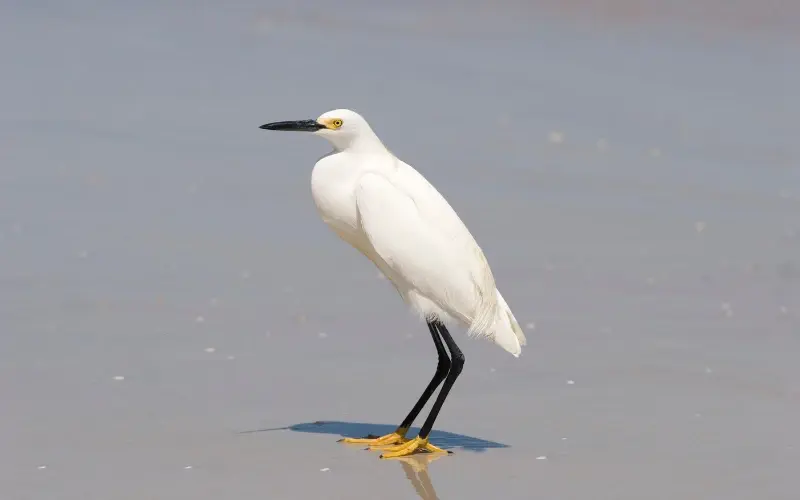
Scientific name: Egretta thula
Length: 22.1 to 26.0 inches
Weight: 13.1 ounces
Wingspan: 41 inches
Habitat: Swamps, riverbanks, ponds, lakeshores
Range: USA
Conservation Status: Least Concern
The snowy egret is a small white heron similar to the little egret, which also appears on our list. It is native to North, Central, and South America.
At one point in history, the animal was hunted for its white feathers to decorate women’s hats. This affected the snow tree population, but it recovered after a while.
6. White Tern

Scientific Name: Gygis Alba
Length: 8.3 to 9.1 inches
Weight: 1.3 to 1.9 ounces
Wingspan: 30 to 34 inches
Habitat: Coastal, forested areas
Range: Chile, Colombia, New Zealand, Asia
Conservation Status: Least Concern
The white tern goes by many other names such as fairy tern, angel tern, white noddy, and common white tern.
It is related to the lesser white tern, which used to be a subspecies but has since become its species. As its name suggests, a white tern is a white flying figure.
The entire plumage is white, making the tern even whiter than most of the birds we’ve mentioned so far. Only the eyes and bill are black.
7. Tundra Swan

Scientific name: Cygnus columbianus
Length: 45 to 59 inches
Weight: 7.5 to 21.2 pounds
Habitat: Arctic tundra
Range: North America
Conservation Status: Least Concern
A tundra swan is a small swan that lives in the arctic tundra. It lives in North America, especially in countries like Mexico and Canada.
Two subspecies of tundra goose are sometimes subspecies: Buick’s goose and whistling goose. Bewick was named after an engraver, Thomas Bewick.
Swans are usually white, and the tundra swan is no exception. Boke and Whistling Swan both have white fur but black legs and bills.
Birds in USA are very Beautiful: this bird plumage of the young is mixed with gray, and the gray becomes lighter as the tundra goose grows.
8. White Ibis
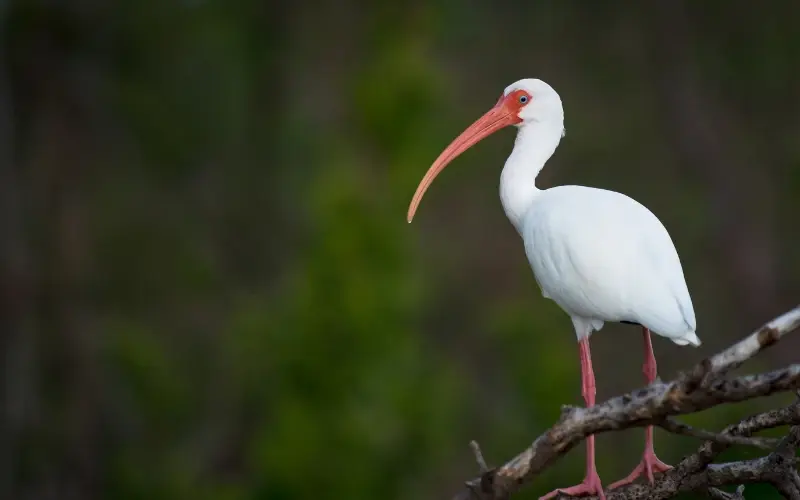
Scientific name: Eudocimus albus
Length: 21 to 28 inches
Weight: 1.6 to 2.2 pounds
Wingspan: 35 to 41 inches
Habitat: Coastal marshes, wetlands, mangrove swamps
Range: USA
Conservation Status: Least Concern
The full name of the white ibis is American white ibis, which refers to its range.
Birds in USA are very diverse and very cute butThis bird is found in the northern, central, and southern parts of America, especially in countries like Mexico, Colombia, Venezuela, and Texas.
It lives near water, getting its nutritional satisfaction from aquatic animals such as fish and small insects.
Only the long bill, eyes, legs and tips of the wings are not white. The white ibis has every other part. Males and females are similar in appearance, so it is difficult to tell them apart.
The only way you can is through its size. Males are larger than females and have harder bills.
9. Wood Stork
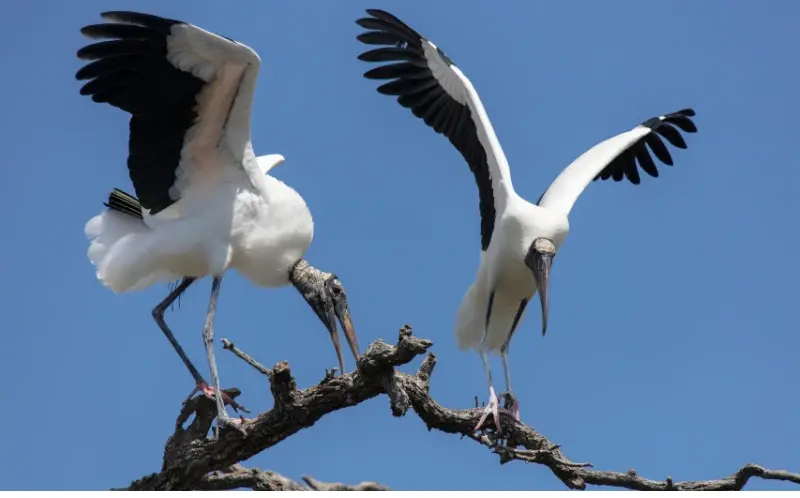
Scientific name: Mycteria Americana
Length: 33 to 45 inches
Weight: 4.4 to 7.3 pounds
Wingspan: 55 to 71 inches
Habitat: Lakes, rivers, mangrove forests
Range: America, Caribbean
Conservation Status: Least Concern
The wood stork was once called the wood ibis, but that changed, possibly because the wood stork was no longer an ibis.
It is native to the Americas and can be found in the North, South and even the Caribbean. It grows in tropical or subtropical climates and nests in colonies.
The wood stork is mostly white, but not all parts of its plumage are white. Its tail and part of its wing feathers are black, but its sheen is greenish-purple.
Juvenile wood storks are also white but have a different bill than adults.
10. Snow Bunting
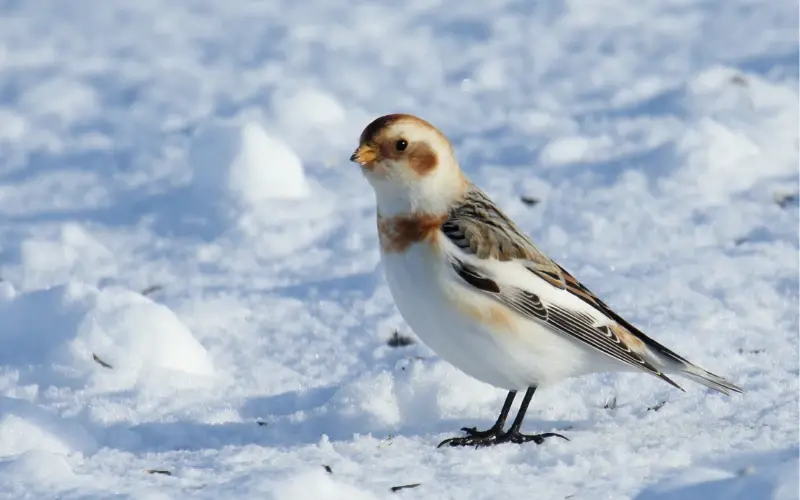
Scientific name: Plectrophenax nivalis
Length: 5.9 inches
Weight: 1.05 to 1.41 ounces
Habitat: Arctic tundra.
Range: Northern Hemisphere
Conservation Status: Least Concern
The snowy plover is a migratory bird and lives in arctic regions around the northern hemisphere.
This bird is special in that it can run, jump and walk when needed. It also lives in the south but is limited by climate.
Both male and female snowflakes are white, but their color patterns are different.
While the male snow bunting has black wingtips and a black back, the female has a rufous back. Males are colored only in winter.


